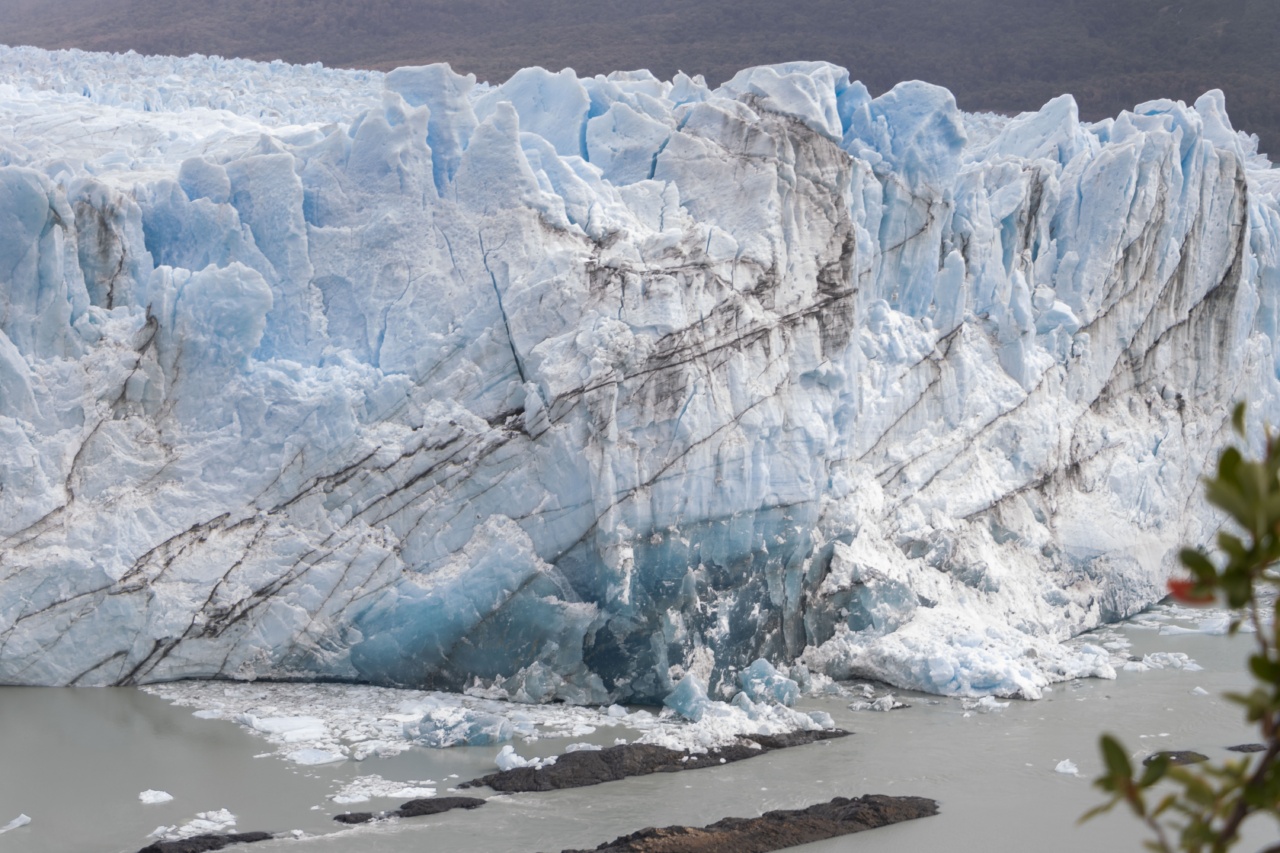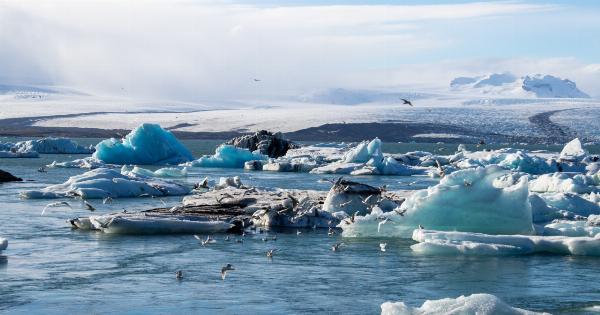Climate change is a critical issue affecting the planet, and it is causing significant changes to the environment. One of the most alarming examples of the impact of global warming is the revival of ancient viruses trapped in glaciers and permafrost.
As the Earth’s temperature rises, it is causing melting of ice and permafrost, releasing viruses that have been dormant for thousands of years. This is a serious concern for public health, as these viruses could cause new epidemics and pandemics.
The Threat of Ancient Viruses
The revival of ancient viruses is a significant global health concern. The Arctic and other regions of the world contain vast amounts of frozen soil, ice, and organic matter.
Scientists have started to study samples of these materials and discovered ancient viruses. These viruses have been frozen for hundreds, if not thousands, of years and are considered to be extinct.
However, these viruses pose a significant risk to humans and animals as they could be released due to the melting of glaciers and permafrost.
Scientists are still discovering new viruses, and many could have the same impact as flu pandemics, such as the 1918-1919 Spanish flu, which killed about 50 million people worldwide.
Climate Change and Melting Permafrost
Global warming is causing the Earth’s climate to change rapidly, leading to the melting of permafrost.
Permafrost is the layer of soil or sediment that remains frozen for two or more consecutive years, and it exists primarily in areas like the Arctic region of Siberia, Alaska, and Canada.
The melting of permafrost is causing significant environmental changes and economic consequences.
As permafrost melts, it releases a vast amount of greenhouse gases, including methane and carbon dioxide, which accelerates the greenhouse effect and further exacerbates climate change.
Melting permafrost also causes severe changes in ecosystems. The release of methane gas from permafrost leads to the formation of sinkholes, which creates significant safety issues in the region.
Additionally, permafrost melt is causing the collapse of infrastructure like buildings and oil rigs that were built on top of the permafrost.
The Discovery of Ancient Viruses
Scientists have discovered several viruses as they study materials found in permafrost and glaciers. These discoveries point to a significant public health concern and highlight how climate change may impact human life on Earth.
In 2005, scientists discovered 30,000-year-old giant viruses in the permafrost of Siberia. These viruses were twice the size of typical viruses and could infect amoebas, which suggests they could have similar effects on humans and other animals.
In 2015, a 75-year-old man from Russia died from anthrax, caused by a 75-year-old reindeer that died and was buried in the permafrost.
The warming of the climate likely caused the thawing of the animal corpse and revived dormant anthrax spores, which then infected the reindeer and, eventually, the man.
Many other viruses have been discovered due to the melting of glaciers and permafrost, including hepatitis B, which scientists discovered in a 1,500-year-old mummy in China’s northwestern Xinjiang province.
Moreover, melting ice sheets have revealed viruses, bacteria, and other microorganisms that have remained hidden for thousands of years.
The Risk of New Epidemics and Pandemics
The revival of ancient viruses is a significant risk to public health as they can cause new epidemics and pandemics. Many of these viruses have not been seen for centuries, and modern-day humans have not developed immunity to them.
Scientists have already warned that climate change can lead to the spread of diseases like Dengue fever, Malaria, and Lyme disease. The revival of ancient viruses found in glaciers and permafrost only adds to the list of potential pandemics.
The thawing of Arctic permafrost could lead to the emergence of new viruses, including ancient ones such as smallpox and the bubonic plague. These viruses have caused catastrophic pandemics in the past, and the world has not developed immunity to them.
The Need for Action
The revival of ancient viruses is just one example of the many negative impacts of climate change. It highlights the importance of addressing the issue as soon as possible.
Preventing the spread of these viruses starts with slowing down climate change. The Paris Agreement, which aims to limit global warming to less than two degrees Celsius, is a critical first step.
Governments, organizations, and individuals must work together to reduce greenhouse gas emissions and promote sustainable practices that help protect the Earth’s environment.
Additionally, experts must continue to monitor glaciers and permafrost in regions like the Arctic, as they can help identify potential outbreaks before they occur.
Surveillance systems and monitoring of ancient viruses are necessary to protect the public from potential pandemics.
Conclusion
The revival of ancient viruses is a significant public health concern, and it is a direct result of climate change. As glaciers and permafrost melt, viruses that have been dormant for hundreds, if not thousands of years, could be released.
The consequences of this could be catastrophic, as we may not have immunity to many of these viruses.
The world must take action to slow down climate change and prevent the spread of these viruses.
Governments, organizations, and individuals must work together to reduce greenhouse gas emissions and promote sustainable practices that help protect the Earth’s environment. Furthermore, surveillance and monitoring of ancient viruses are necessary to protect the public from potential pandemics.































